2025-11-15 07:23:49
Most of Apple's Macs are slated to get M5 chips across 2026, and there's a possibility we'll even see the first M6 chips toward the end of the year. Updates are planned for everything from the MacBook Air to the Mac Studio.
![]()




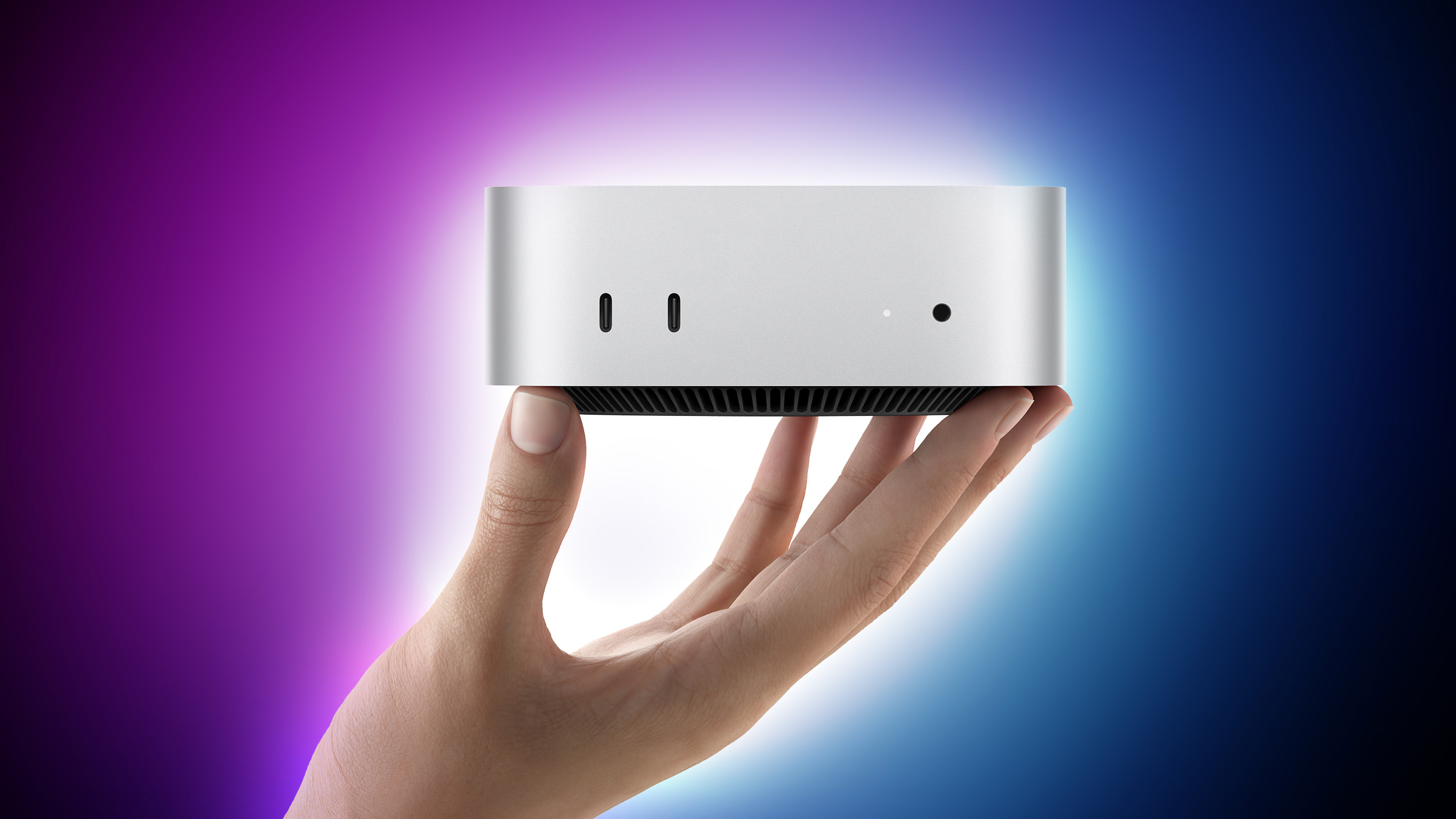




2025-11-15 03:10:53
Early Black Friday deals are in full swing this week, with best-ever prices available on AirPods 4, iPhone 17, M5 MacBook Pro, and much more. We're recapping all these deals below and more, also including great sitewide sales at Anker and OWC, plus Woot's popular steep discounts on Apple Watch bands.
 Note: MacRumors is an affiliate partner with some of these vendors. When you click a link and make a purchase, we may receive a small payment, which helps us keep the site running.
Note: MacRumors is an affiliate partner with some of these vendors. When you click a link and make a purchase, we may receive a small payment, which helps us keep the site running.
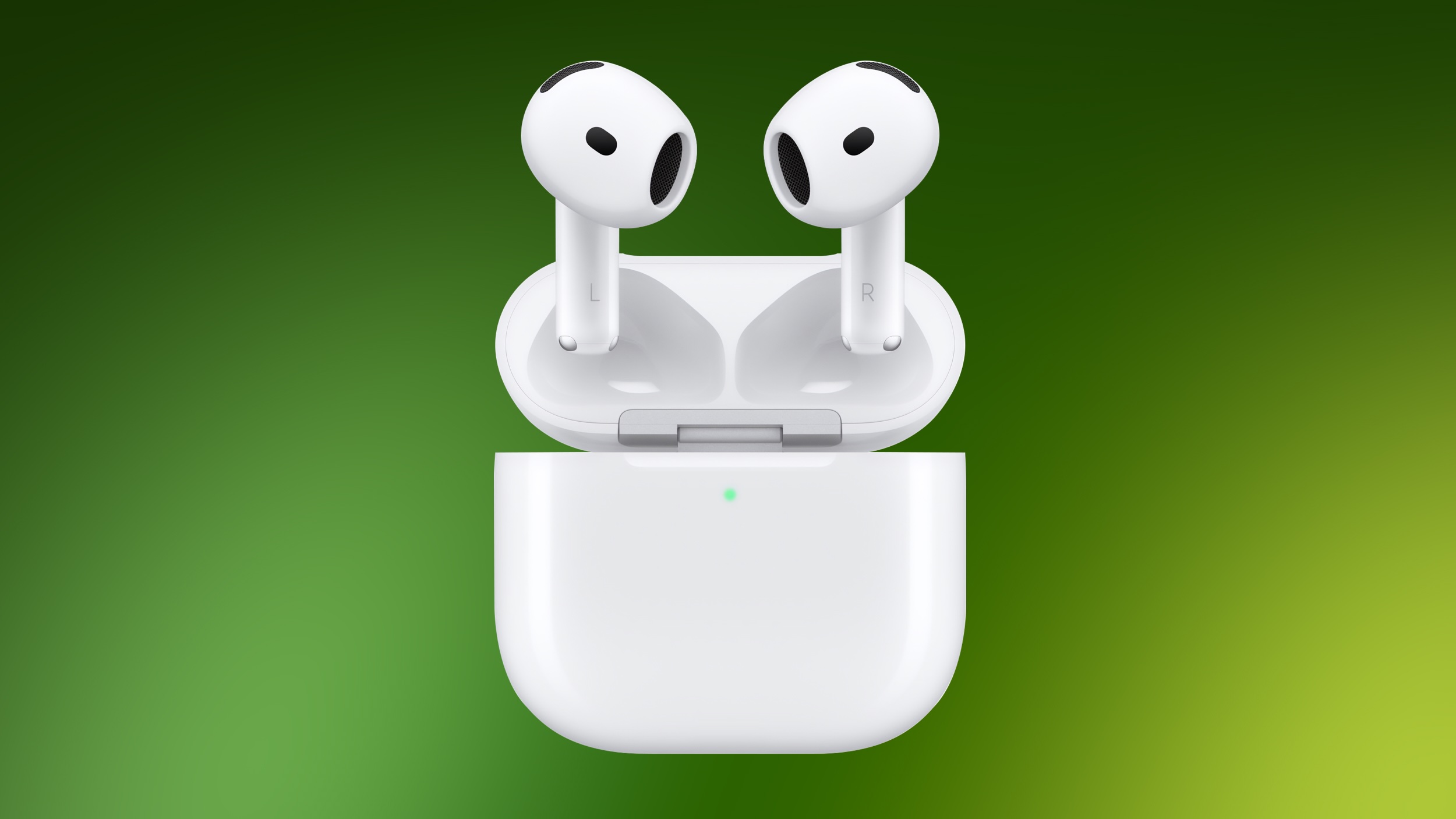

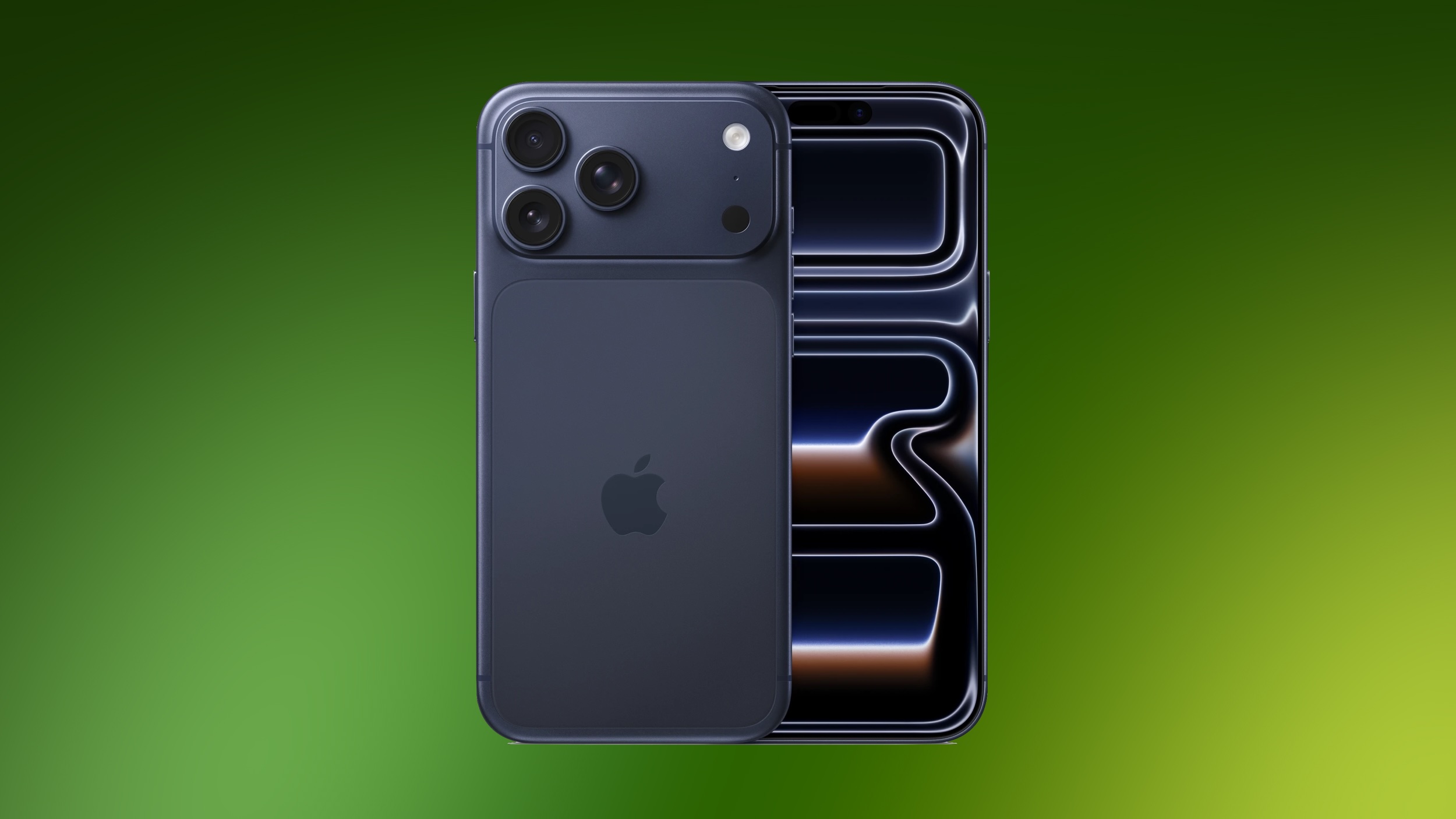

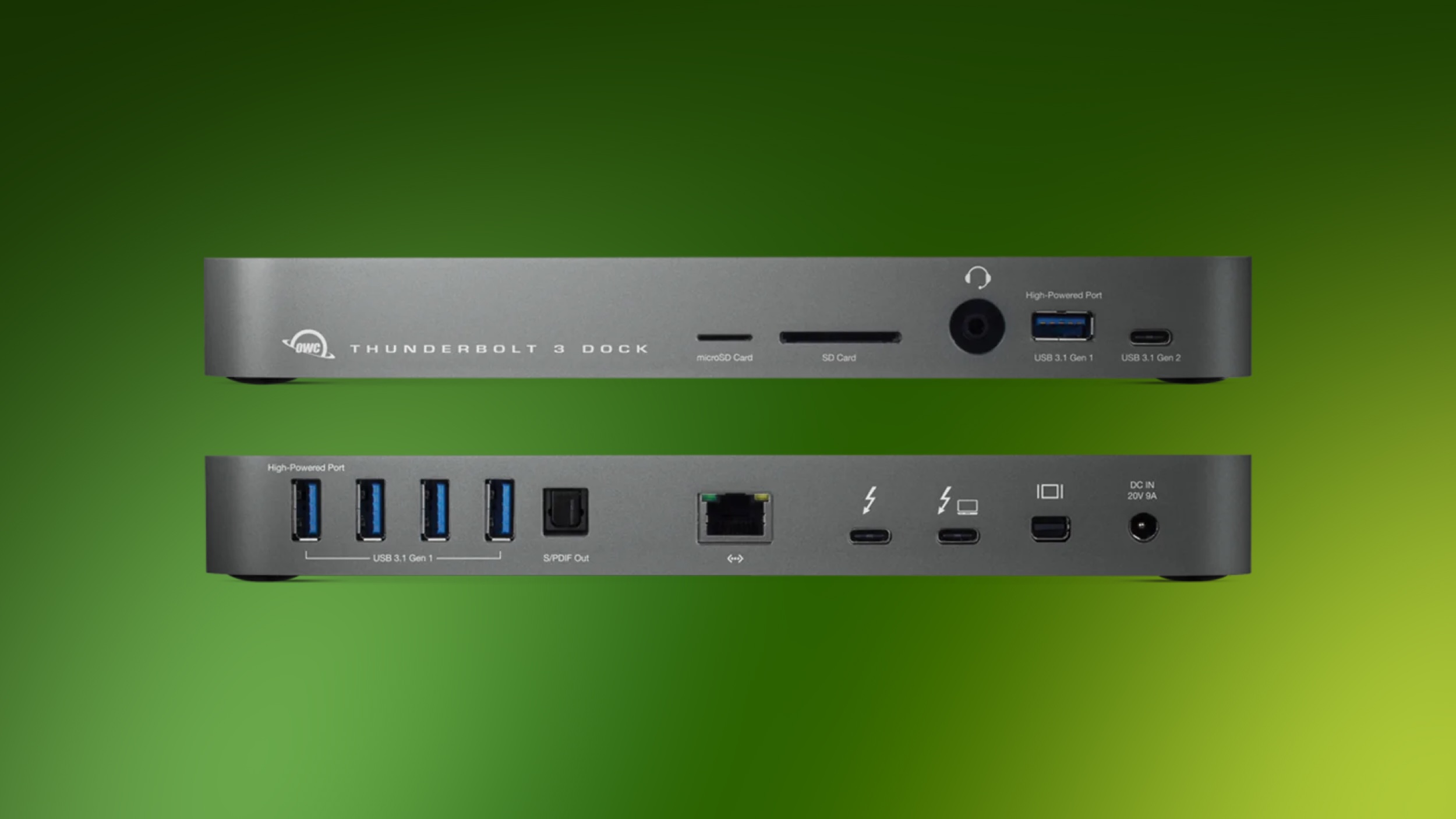


2025-11-15 02:32:12
Fans of new Apple TV series Pluribus can download a chapter of historical (and fictional) romance novel "Bloodsong of Wycaro" from the Apple Books app today. Written by Pluribus main character Carol Sturka, Bloodsong of Wycaro recounts the adventures of Lucasia as she sails on the Mercator, dreaming of her lost love Raban.

Played by Rhea Seehorn, Carol Sturka is a fantasy romance author who hates writing non-serious books and can't stand the fans obsessed with her characters, but the Winds of Wycaro series pays the bills.
Bloodsong of Wycaro plays an important role in the first two episodes of Pluribus, and Apple is using the fake book excerpt to promote the show. The excerpt features eight pages from the middle of Carol's book, along with a letter from the author.
The first two episodes of Pluribus debuted on November 7, and the third episode is available as of today. It is the latest Apple TV series, created by Breaking Bad's Vince Gilligan. In the series, Carol Sturka is one of the sole survivors of a mysterious virus that infects the world's population.
2025-11-15 01:56:48
Popular iPhone accessory maker Belkin has issued a recall for three of its products, including the Belkin Auto-Tracking Stand Pro, the Belkin BoostCharge USB-C PD Power Bank 20K, and the Playa USB-C PD Power Bank 20K.
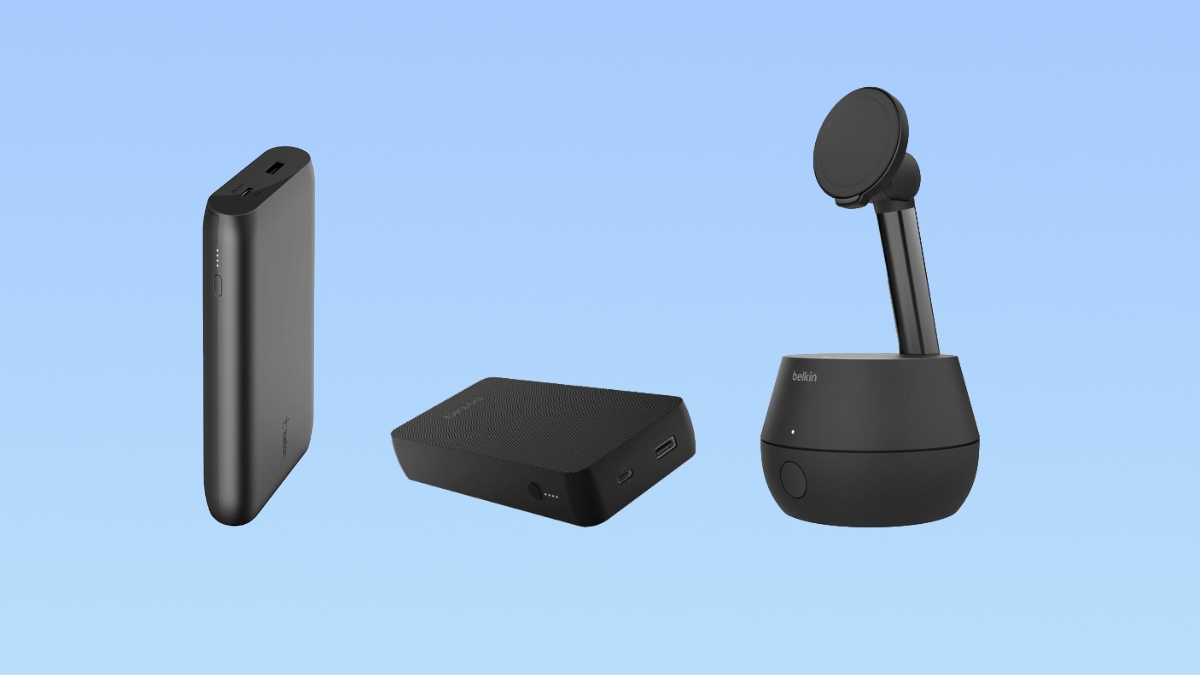
The Auto-Tracking Stand Pro has a model number of MMA008, the BoostCharge Power Bank has a model number of BPB2002, and the Playa Power bank has a PB0003 model number. Model numbers are located on the back or side of each product. The charging stand and both power banks were sold in black, while the Playa model was also available in white. Affected devices were sold on the Belkin website and through third-party retailers like Amazon, Walmart, Target, and Best Buy.
Belkin says that a manufacturing defect can cause the lithium-cell batteries in the devices to overheat, resulting in fire and burn hazards to customers. The recall is also listed on the Consumer Product Safety Commission website.
There were approximately 83,500 units sold in the U.S., along with 2,385 in Canada, but the CPSC does not include international sales. There has been one report of a fire in the United States, and 15 reports internationally. Two people received minor burn injuries, and property damage totaling $37,765 was reported outside the U.S.
Customers who own an affected model should stop using the protect, disconnect it from power, and contact Belkin. The devices should be kept in a safe, dry location away from anything flammable or anything that can damage the power bank, and they should not be placed in waste or recycling bins.
Belkin is offering full refunds or store credit, and is asking for copies of receipts and proof of ownership. An image of the product showing its serial number is required, and if a receipt is provided, the purchase price on the receipt will be refunded. If no receipt is available, Belkin will offer the average sales price for the model. Customers can also opt for a Belkin store credit worth 20 percent more than the average sales price of the device.
2025-11-14 23:55:45
Walmart's Black Friday sale has officially kicked off today, with an online shopping event that's also seeing some matching deals in retail locations. There are quite a few major discounts in this sale, including savings on headphones, TVs, and more.
 Note: MacRumors is an affiliate partner with Walmart. When you click a link and make a purchase, we may receive a small payment, which helps us keep the site running.
Note: MacRumors is an affiliate partner with Walmart. When you click a link and make a purchase, we may receive a small payment, which helps us keep the site running.
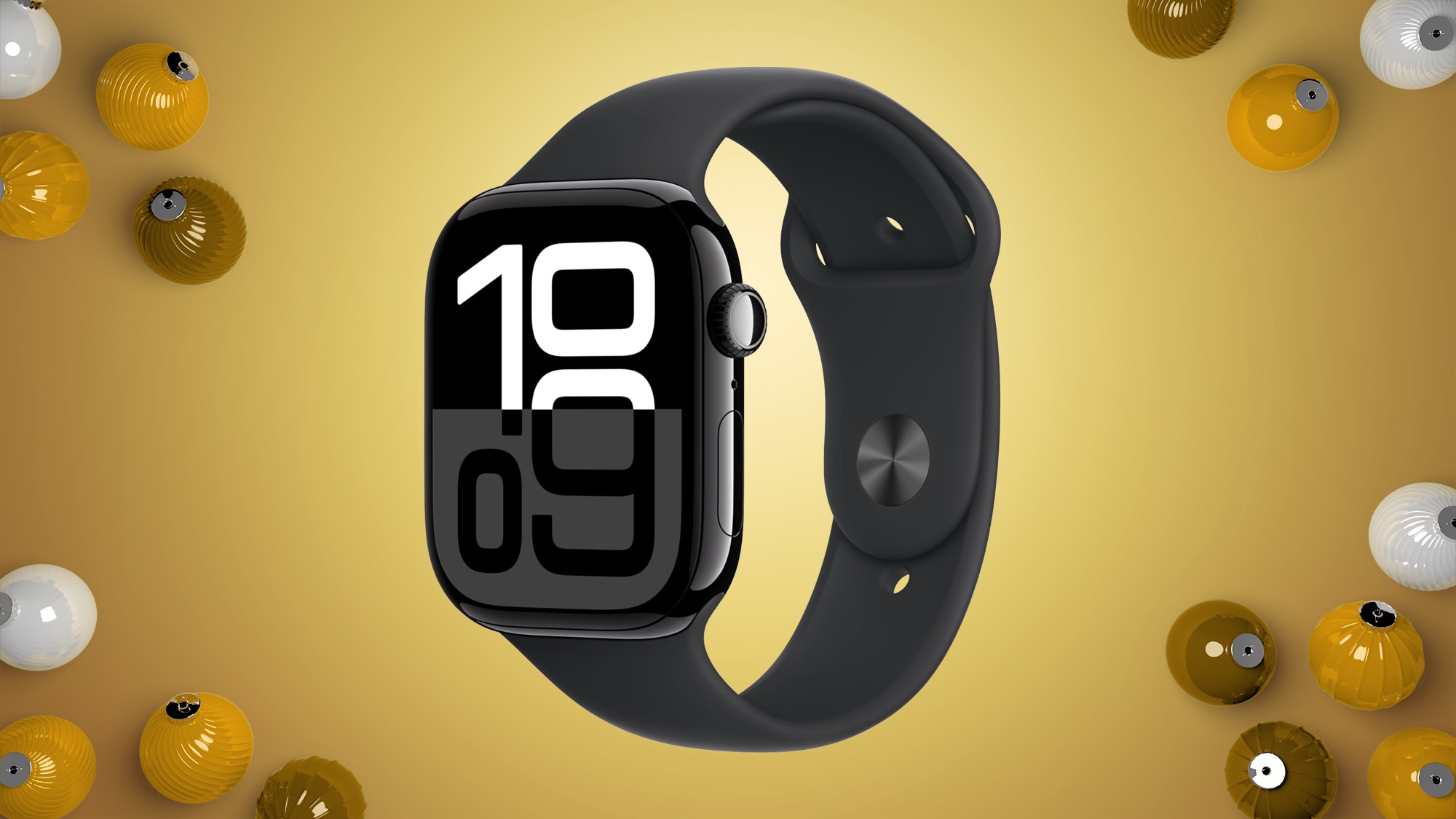

2025-11-14 23:20:07
On this week's episode of The MacRumors Show, we discuss Apple's new iPhone Pocket accessory, the future of Apple Fitness+, and the iPhone Air 2's delayed launch.